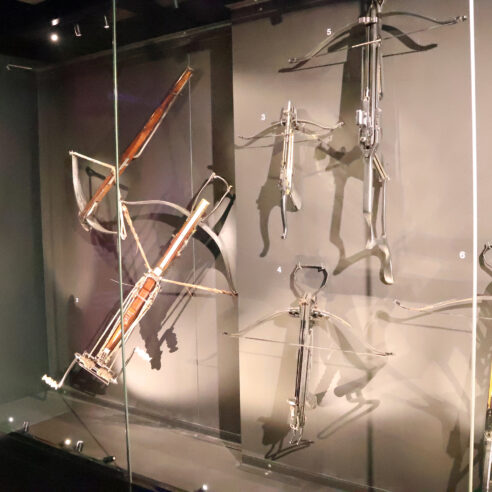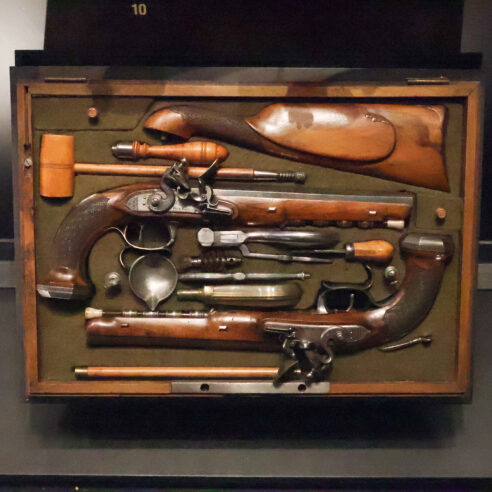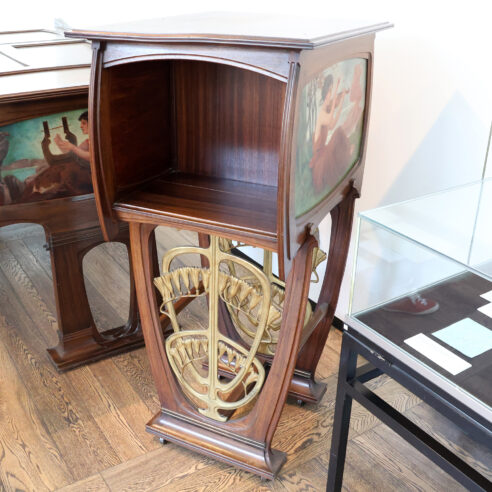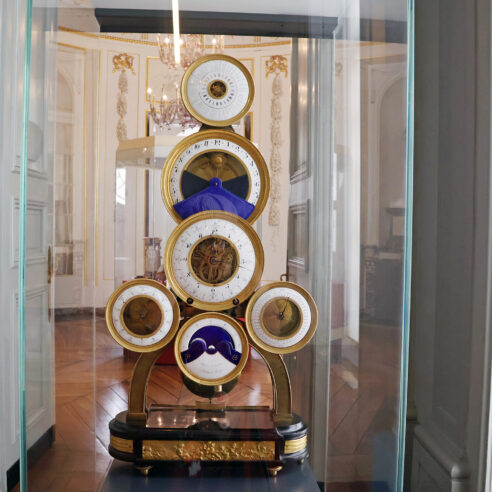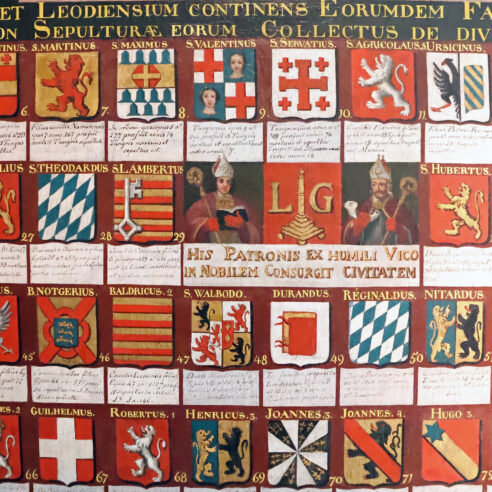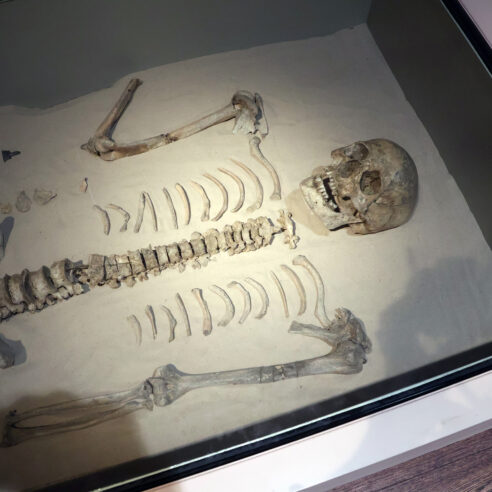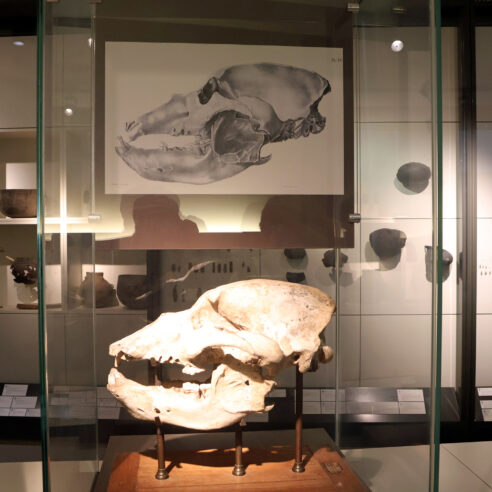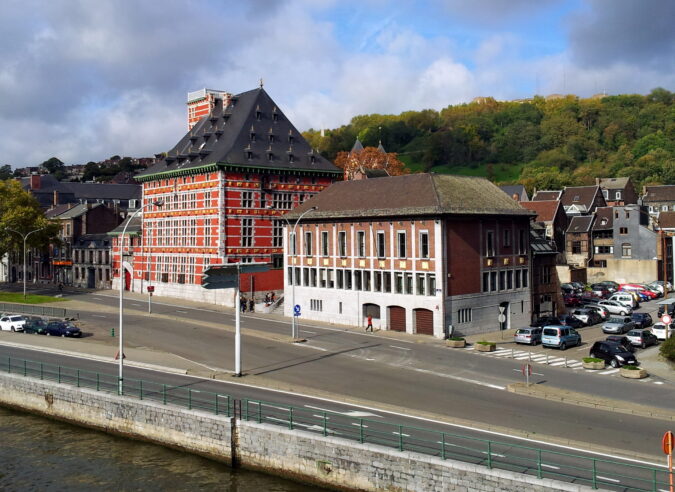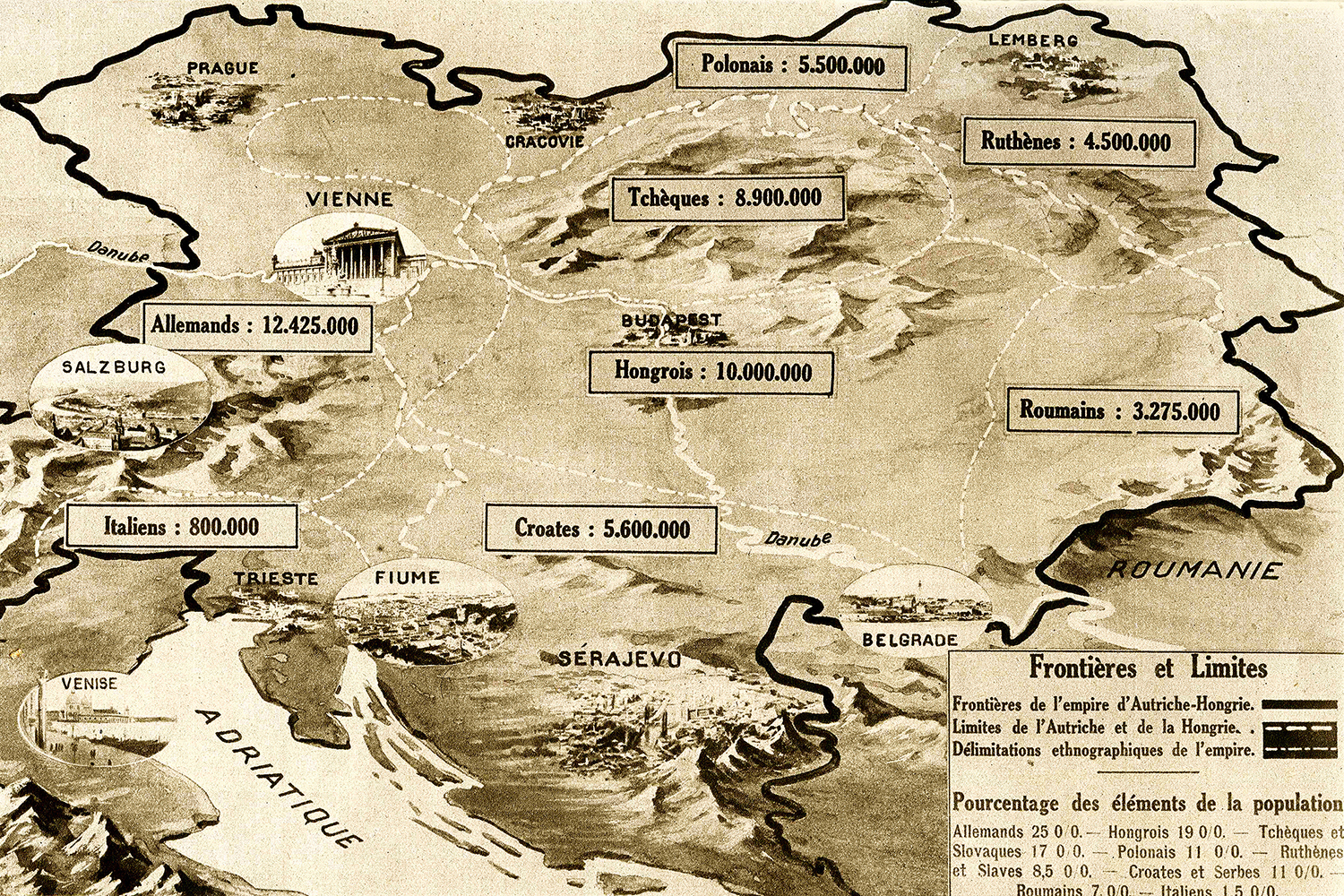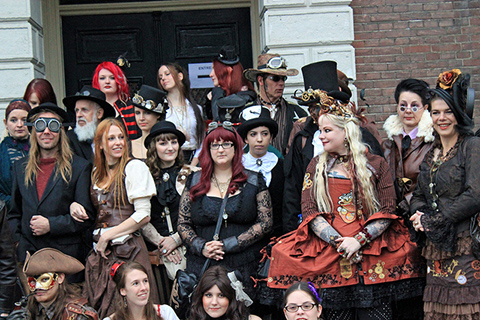Le Grand Curtius is a bit of an odd one out when it comes to museums in Belgium. But nevertheless well worth the visit if you find yourself in Liége. It’s on walking distance (although it is a bit of a walk) from the train stations, and it has a bus boat stopping at the waterside entrance (although when that actually goes is, your guess is as good as mine).
Le Grand Curtius is housed in the old Curtius building, with a wonderfully renovated facade and marvelous old as well modern interior. It was once a grand old house and store, and evidence of this remains in the huge fire places, antique staircases and courtyards. Which has sections dedicated to local plants and provides a little biotope for insects, which is a nice touch of green for the city.
The museum is split in two. One, the most worthwhile in my opinion, covers local and Walloon history, displaying finds from prehistory to the twentieth century. It covers several levels and floors. The higher up you go, the more contemporary things become. You’ll see a wide variety of archeological finds, from aforementioned prehistory, to Roman settlements, paintings, early musical instruments to nineteenth-century pianos. There are grand murals, beautiful church relics, Roman coins and household items and so, so much more.
What is the most amazing part is not just how extensive the collection is, but also how it is displayed. The level of care and thought that went into it can be compared to more famous museums like the Louvre of Paris and the British Museum (only with far less pilfered things). We spent hours looking at everything on display.
What is also worth mentioning is the amount of care they put into keeping everything in top condition. We saw only one painting in dire need of restoration. Even when a painting is removed temporarily for study or any kind of care, they set up a little area in which you can take photos, because that’s how much they have thought about presentation. That’s how much better they do than Belgian fine arts museums like the KMSKA.
The second part of the museum, which is in a whole opposite section of the building, is dedicated to how Jean Curtius made his money — by being an arms and munitions dealer and manufacturer. (He was the court supplier for the Spanish back when Belgium was still in the Spanish Netherlands.) So basically, it is floor upon floor of weapons of all kinds. Ranging from sword canes and all sorts of melee weapons from different parts of the world to Victorian weaponry and World War I and World War II artillery to every other death machine you can imagine. If you’re into that, then eat your heart out, but we firmly found the other side of the building more interesting.
That said, it has historical value, it is good they show the full history, the good and the bad, because we can’t learn from history unless it is accessible to us. And, of course, sadly, weapons are a part of that. Just like everything else on display.
We do take offense at the use of AI to make the Curtius presentation at the beginning, though! Please work with human artists.
There is understandably quite a level of security (firm but fair) to the weapons building, and it is only accessibly by elevator. A big one, so even people with mobility issues can access that exhibit should they want to.
Which goes for all of it. Le Grand Curtius prides itself on its continued efforts to be and remain fully accessible. And while we can’t speak to how well it is accessible for people with hearing or vision-related disabilities, we can attest that if you use a mobility aid, you will be able to get around.
The toilets can be easily accessed. There are a lot of lockers at a height that can be reached when in a wheelchair, and there are elevators to all levels. You do not get a free carer ticket, however, but the museum is well worth the fee.
Thanks to Valentine Delrée and Bert Van den Wyngaert for their contributions to this review. It was a Never Was team visit!
